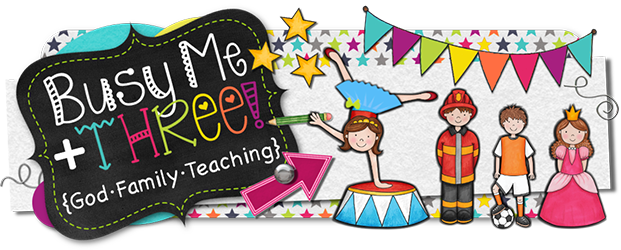Description
This Google Classroom™ resource for NONSTANDARD CAPACITY includes 5 anchor charts, 24 interactive Google Slides™ worksheets/activities, 3 interactive Google Slides™ games, 2 Google form quizzes (that are self grading), and video instructions on adding this to your Google Classroom™ or sharing activities with students. Please note that these are DIGITAL ACTIVITIES and you must have internet access and individual Google Drive account for your and each of your students! Do NOT purchase this if your students do not have access to a Google Drive.
⚠️Please know that this set does include printable resources, but they are on Google Slides. The slides I have included are my exact printable resource pages. Because of this, my digital version is a little more expensive than just the print only version because it also contains additional digital friendly interactive resources. Click HERE for the PRINT ONLY version.⚠️
These digital activities make it easy to implement technology into the classroom and at home. Perfect for 1:1 classrooms. These digital activities can be used with a variety of operating systems including Chromebooks, iPads, Laptops, and desktops.
The best part of using digital resources is that you will save yourself time and sanity as this set is NO PREP! Simply assign these tasks through Google Classroom™ or open in Google Slides™ on a classroom device and have your students complete the tasks.
Included in This Resource:
✔️5 anchor charts in two different versions (that the students have read to them by clicking on the sound icon)
✔️Digital KWL Chart and Content Web
✔️A story called “Three Bears and the Cup Mix Up” (all about nonstandard capacity) and 2 companion worksheets in digital format
✔️24 interactive Google Slide tasks where students can move around the graphics/words or type in their answers
•Empty to Full (students move cups with various amounts of liquid)
•Full to Empty (students move cups with various amounts of liquid)
•How Full? (label measuring cups)
•Empty or Full? (students move words that describe the three sets of containers)
•Capacity Search (students decide if containers are full or empty)
•Gumballs Galore (students move the gumballs to containers to show “empty”, “half full”, and “full”
•Gumballs Galore 2 (students move the gumballs to containers to show “almost empty”, “almost half full”, and “almost full”
•Capacity Match Up (students drag words underneath the correct pictures to to “almost empty”, “about half full” and “almost full”)
•Bugs in a Jar (students move cute bugs to containers to show “empty”, “half full”, and “full”
•Bugs in a Jar 2 (students move cute bugs to containers to show “almost empty”, “almost half full”, and “almost full”
•Which Holds More? (students put an X over the container that holds more)
•Which Holds Less? (students put an X over the container that holds less)
•Greatest Capacity (students circle the containers that hold the most)
•Least Capacity (students circle the containers that hold the least)
•Capacity Connection (students drag the pictures to show items that hold less or more than the container pictured)
•Capacity Connection 3 (students drag the pictures to show items that hold more or less than the container pictured)
•Equal Matching & Equal Matching 2 (students drag the end of the arrow to a picture that has about the same capacity as the pictures shown)
•Capacity Ordering & Capacity Ordering 2 (students drag the numbers below 3 objects to show which has the least and greatest capacity)
•Capacity Ordering 3 (students drag the numbers below 6 objects to show which has the least and greatest capacity)
•Line Them Up! (students drag pictures with labels in order of least to greatest capacity and then greatest to least capacity)
•How Many Gumballs (students count and type in how many gumballs are in each container and then put an X or ✓ one which one held the most/least)
•How Many Bears (students count and type in how many counting bears are in each container and then put an X or ✓ one which one held the most/least)
✔️A Google Slides activity called “Fill It Up” where students fill up the shape with buttons and answer questions about which container held the least/most (includes directions and 4 slides)
✔️A Google Slides activity called “Capacity Sequence” where there are 10 sets of pictures and students have to order them from least to greatest (includes directions and 5 slides)
✔️A Google Slides game called “Capacity Matching” where two students will play. This is a matching game and students have to find the matching picture and get to keep score (includes directions and 3 game versions with different pictures)
✔️2 Google form quizzes that are self grading (students look at the pictures and see which one has the least/greatest capacity)
✔️video instructions on adding this to your Google Classroom or sharing activities with students.
You would benefit from digital resources if:
►You are a 1:1 Classroom
►You want to go paperless
►You want to save time
►You want integrate technology use in the classroom
►You want your students engaged
►You want your students to work from home
►You need to collect student data
Search Key Terms:
| measurement | measure | interactive | Google | forms | slides | quiz | classroom | technology | distant | distance | learning | coronavirus | work at home | work from home | non | standard | first grade | kindergarten |









Reviews
There are no reviews yet.